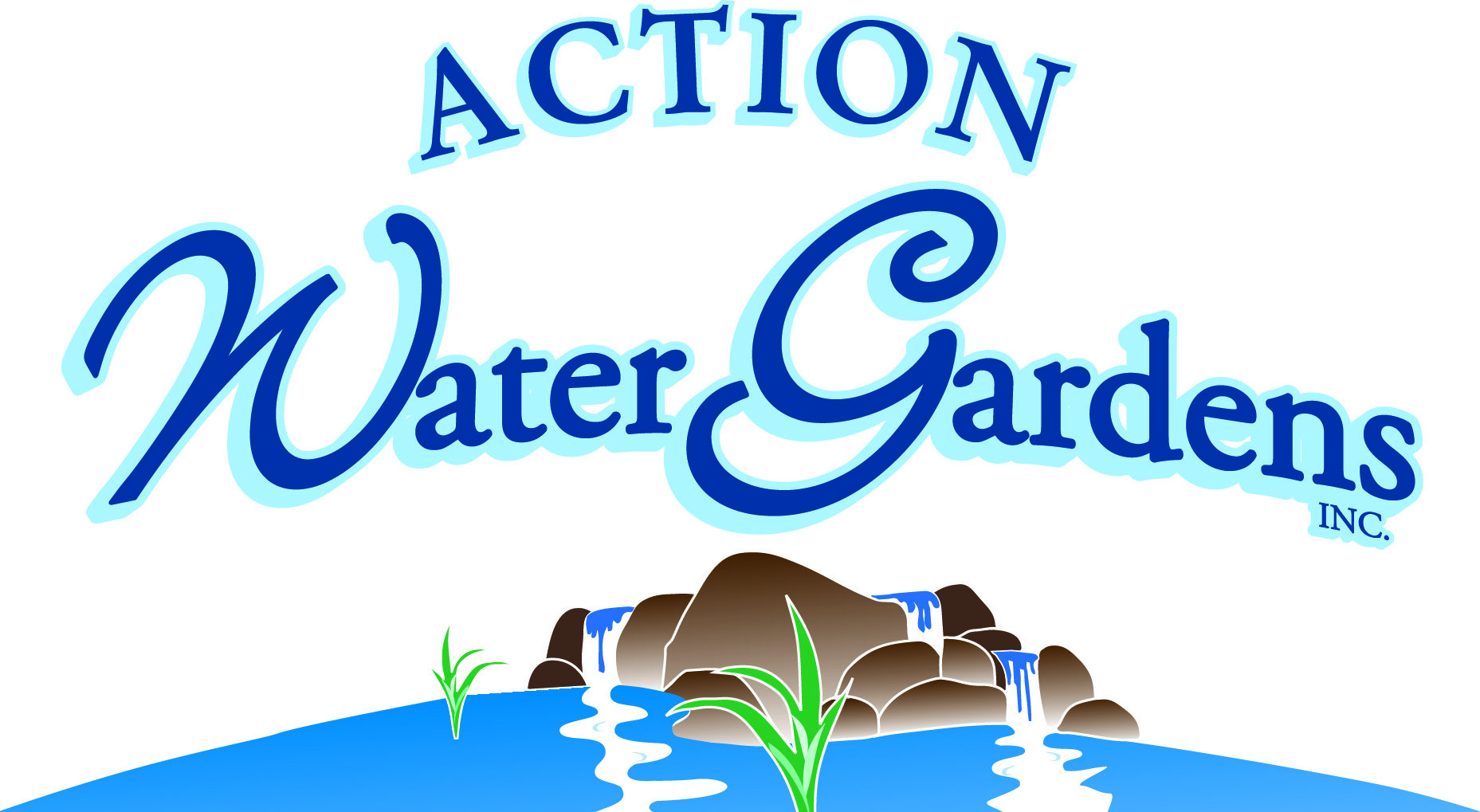Attracting Pollinators and Beneficial Insects
Maintaining beneficial vegetation around your pond is incredibly important for maintaining water quality. It will also reduce algae and other water quality issues that stem from excess nutrients. You will also benefit by attracting insects, like dragonflies, that feed on mosquito larvae, thus helping to control mosquito populations in and around your pond. In addition, flowering plants and beautiful sedges are a very pleasing sight that will undoubtedly increase the aesthetics of your outdoor water feature. These plants will also help invite butterflies and hummingbirds into your outdoor living areas.
Blueflag Iris (Iris Versicolor)
This clumping plant has violet-blue flowers on sturdy stalks among tall sword-like leaves. The leaves and stalks serve as good spots for dragonflies to land and lay their eggs. Their height is anywhere from 2 to 3 feet and they flower from May to August. They grow in marshes and on wet shores. They are often found in standing water. Blue Flag Iris has little nutritional value to most wildlife, so they are resistant to being eaten by waterfowl and other animals.
Pickerelweed (Pontederia Cordata)
Pickerelweed is a marginal plant that grows three to four feet tall (typically you only see one to two feet since about half of the plant is underground.) This low growing hardy plant is ideal when low borders or water views are the goal. It has creeping underwater rhizomes with heart-shaped leaves and violet-blue flowers. The beautiful flowers attract bees and butterflies, as well as dragonflies, which consume mosquito larvae. Pickerelweed is in bloom from June- November and provides good cover for birds, fish and amphibians.
Cardinal Flower (Lobelia cardinalis)
This plant not only looks pretty, but also attracts butterflies and hummingbirds with its nectar. This plant has many bright red, tubular flowers that cluster at the top of long stalks. It grows from 2 to 5 feet tall in marshy areas, especially along streams. Cardinal flower is in bloom from July to October.
Native sedges and rushes
There are a variety of grass-like aquatic sedges and rushes such as bulrush, zebra rush, and soft rush. Sedges have triangular stems and grow in shallow water, while rushes have cylindrical stems and grow in clusters. These plants can be expected to spread, but are not invasive. Their shallow spreading roots hold shoreline soil and help reduce erosion. These also serve as good spots for female dragonflies to lay their eggs.
Milkweed
This plant has slender leaves and deep pink flowers clustered at the top of a tall, branching stem. There is another variety of Milkweed that has bright orange flowers. It grows to be 2 to 6 feet high, and flowers from June to August. Milkweed grows in swamp and along wet shorelines. The flowers attract and provide food for butterflies (especially monarchs).
We encourage you to add beneficial plants around your pond if they aren’t already present. Plants play a huge role in biological filtration, and help attract a variety of beneficial organisms. Contact Action Water Gardens, Inc. to help determine the best plant species for your area and growing conditions.
